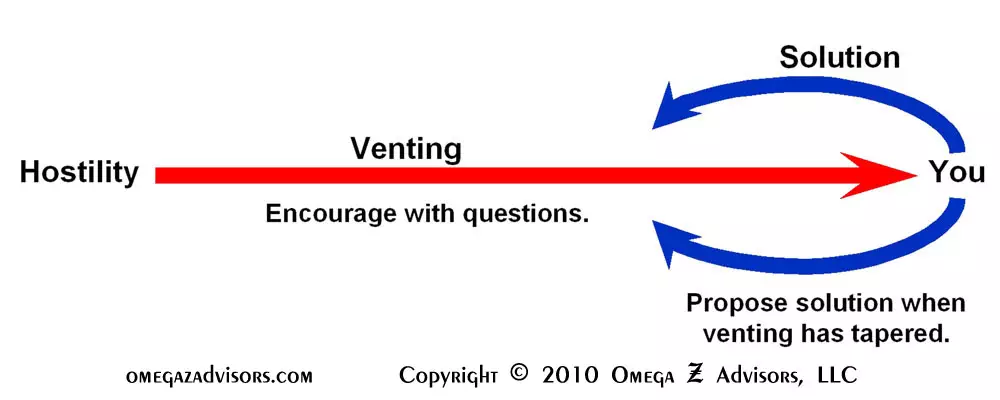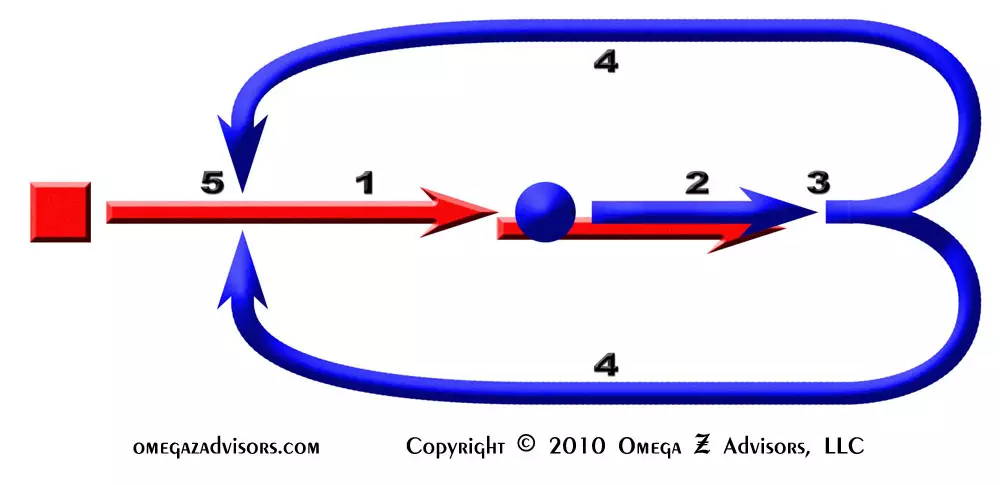Managing Conflict – Venting Technique
Many studies show increases in the amount of time spent on managing conflict. This takes up more and more time of human resource professionals and other leaders. The solutions of these studies tend to focus on strategies and policies.
What is even more helpful is managing conflict close to the ground. This means seeing it early on. It means using some basic techniques. I have found one very effective. It is easy to learn and do.
Spotting Likely Conflicts
When managing conflicts, the first thing I do is assess personalities. This is because almost all other conflicts stem in some part from personality ones. These sour relationships. Poor relationships cause the bulk of performance problems.
I also assess job security and status. Even in high-growth firms, people can be anxious about these. For instance, hiring more people changes the “pecking order.” Growth can be a threat.
Signs of Stress
People do not need to be upset to show signs of stress. Stress can cause conflict. I find these as signs of stress when they differ from the person’s normal state:
- More or less talking
- Unusual forgetfulness, mistakes and errors
- Faster speech
- More or less engagement
- Overwork
For instance, introverts tend to talk more when stressed, extroverts less. In most cases, they behave almost the opposite. That is why we look at it from the person’s norm.
Technique for Managing Conflict
This technique works very well. It is based on the talking cure. By getting people to talk, we can “suck out the venom” causing angst. This lowers stress.
-
Venting Process – General Concept
Tips:
- Avoid stifling venting; you want to clean the air for your solution so you can present it on good ground.
- Encourage venting through your questions and demonstration of interest in their situation.
- Empathize with them by saying something like, “If that happened to me, I would be upset too.”
- Apologize if possible. Depending upon the situation though, apologies can carry legal ramifications so a good apology can be along the lines of “I’m sorry that you feel that way.” Consult your legal counsel if need be.
- Present your solution after the venting wanes; presenting it too early might leave deeper resentments unaddressed.
- Don’t worry about solving the problem; sometimes, all it takes is listening.
Steps:
-
Venting Process – Steps
- Person (red square) vents to you (blue circle)
- You (blue circle) pull the vent from the person by encouraging it
- At some point you will feel the bad energy dissipate (less talking, longer pauses, quieter tones)
- Begin to isolate the vent by clarifying details and summarizing points
- Share a plan (if possible) to solve the problem
This helps even if there is no conflict in sight. Simply working hard can cause stress. Managing conflict works best when we tackle this stress before it flares up.





Pingback : Bitch Session Redux | Mike Lehr's Blog
Pingback : Managing Conflict – Venting Technique | C...
Pingback : Managing Conflict – Venting Technique | M...